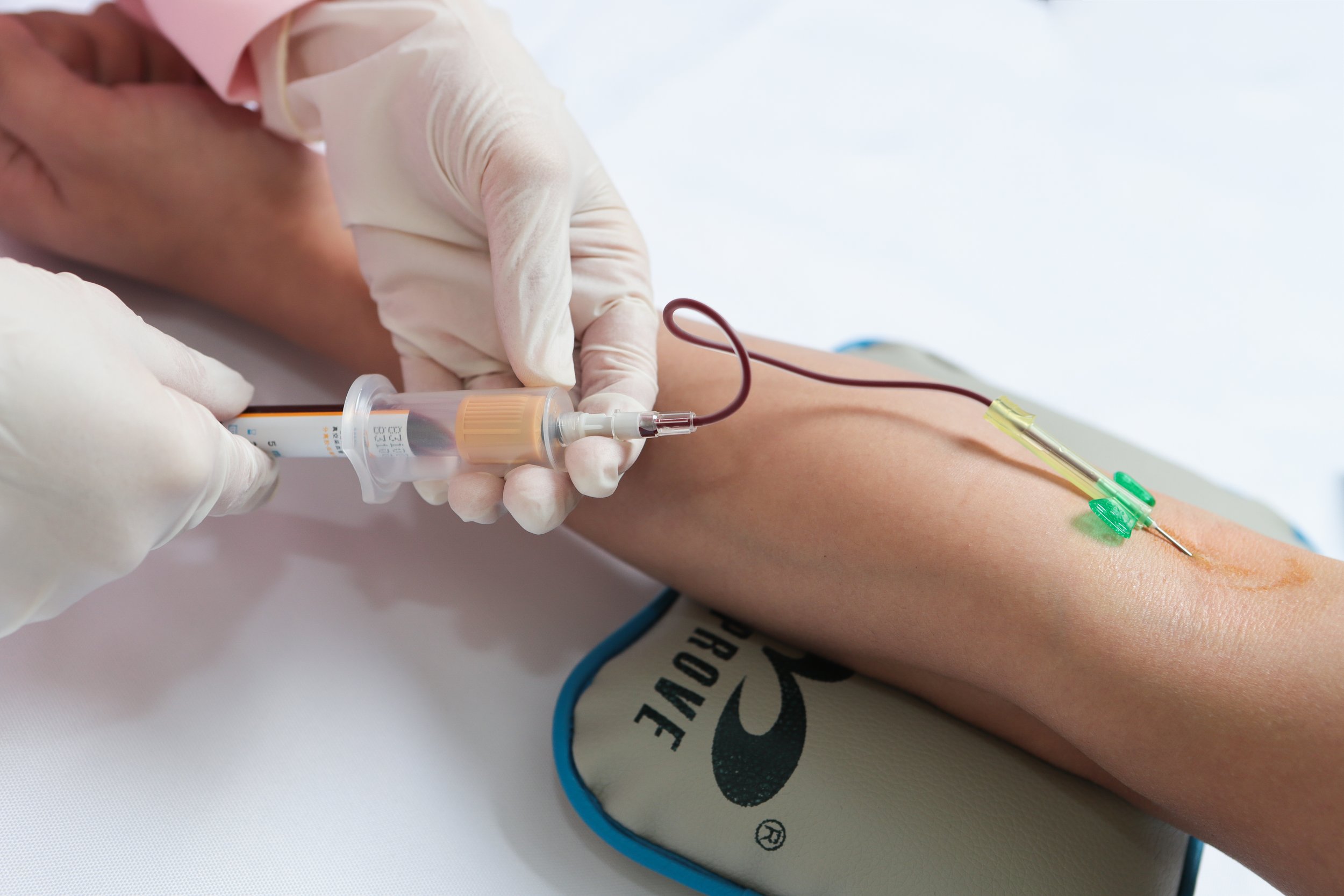Regulations and Guidelines for Vacuum vs. Non-Vacuum Blood Collection Systems in the United States
Summary
- There are Regulations and guidelines in the United States regarding the use of vacuum vs. non-vacuum blood collection systems in medical laboratories and phlebotomy settings.
- The Clinical and Laboratory Standards Institute (CLSI) provides recommendations for blood collection systems, including guidelines for choosing between vacuum and non-vacuum systems.
- It is important for healthcare professionals in the United States to adhere to these Regulations and guidelines to ensure accurate and reliable blood collection and testing.
Introduction
Phlebotomy is a critical aspect of healthcare that involves the collection of blood samples for diagnostic testing and medical research. In medical laboratories and phlebotomy settings, healthcare professionals must follow specific Regulations and guidelines to ensure the accuracy and reliability of blood collection. One area of concern is the use of vacuum vs. non-vacuum blood collection systems. In the United States, there are Regulations and guidelines that govern the use of these systems to ensure the quality of blood samples and promote patient safety.
Regulations and Guidelines
In the United States, the Clinical and Laboratory Standards Institute (CLSI) is a leading organization that provides guidance and recommendations for healthcare professionals in clinical and laboratory settings. The CLSI publishes standards and guidelines for blood collection systems, including recommendations for the use of vacuum vs. non-vacuum systems.
CLSI Guidelines
The CLSI guidelines recommend that healthcare professionals use vacuum blood collection systems whenever possible. These systems use evacuated tubes that create a vacuum when a needle pierces the stopper, allowing blood to be drawn into the tube without the need for manual aspiration. Vacuum systems are preferred because they help ensure consistent blood flow and sample quality, reducing the risk of hemolysis and contamination.
Benefits of Vacuum Systems
There are several benefits to using vacuum blood collection systems in medical laboratories and phlebotomy settings:
- Consistent blood flow: Vacuum systems help ensure a consistent flow of blood into the collection tube, reducing the risk of clotting or insufficient sample volume.
- Reduced risk of hemolysis: Hemolysis, the breakdown of red blood cells, can affect the accuracy of Test Results. Vacuum systems help minimize the risk of hemolysis by providing a controlled environment for blood collection.
- Increased efficiency: Vacuum systems streamline the blood collection process, saving time and reducing the likelihood of errors or contamination.
Compliance and Best Practices
Healthcare professionals in the United States must comply with CLSI guidelines and other Regulations governing blood collection practices. Adhering to these standards ensures the accuracy and reliability of blood samples, leading to more accurate diagnostic testing and improved patient outcomes.
Training and Education
Proper training and education are essential for healthcare professionals who perform phlebotomy procedures. By equipping workers with the knowledge and skills to use vacuum blood collection systems effectively, healthcare organizations can enhance the quality and safety of blood collection practices.
Quality Control
Regular Quality Control measures are necessary to ensure that vacuum blood collection systems are functioning properly and delivering accurate results. Healthcare facilities should implement protocols for monitoring and evaluating blood collection practices to identify and address any issues that could affect sample quality.
Conclusion
In the United States, Regulations and guidelines govern the use of vacuum vs. non-vacuum blood collection systems in medical laboratories and phlebotomy settings. The CLSI provides recommendations for healthcare professionals to help ensure the accuracy and reliability of blood samples. By following these guidelines and best practices, healthcare organizations can improve the quality of diagnostic testing and promote patient safety.

Disclaimer: The content provided on this blog is for informational purposes only, reflecting the personal opinions and insights of the author(s) on the topics. The information provided should not be used for diagnosing or treating a health problem or disease, and those seeking personal medical advice should consult with a licensed physician. Always seek the advice of your doctor or other qualified health provider regarding a medical condition. Never disregard professional medical advice or delay in seeking it because of something you have read on this website. If you think you may have a medical emergency, call 911 or go to the nearest emergency room immediately. No physician-patient relationship is created by this web site or its use. No contributors to this web site make any representations, express or implied, with respect to the information provided herein or to its use. While we strive to share accurate and up-to-date information, we cannot guarantee the completeness, reliability, or accuracy of the content. The blog may also include links to external websites and resources for the convenience of our readers. Please note that linking to other sites does not imply endorsement of their content, practices, or services by us. Readers should use their discretion and judgment while exploring any external links and resources mentioned on this blog.
